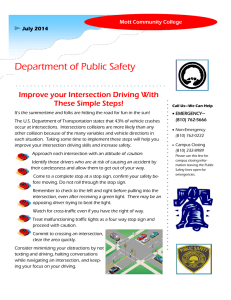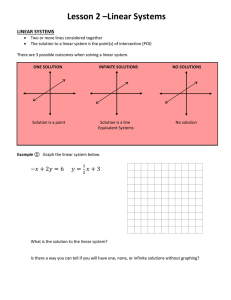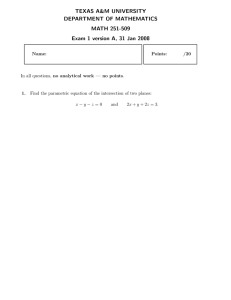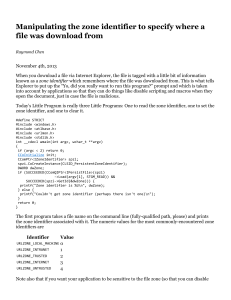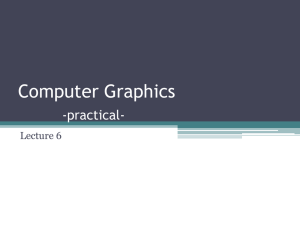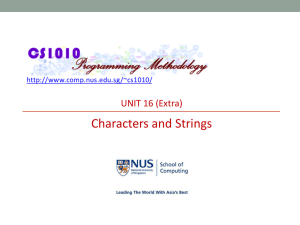Using Set Operations on Code Coverage Data to Discover Program Properties
advertisement
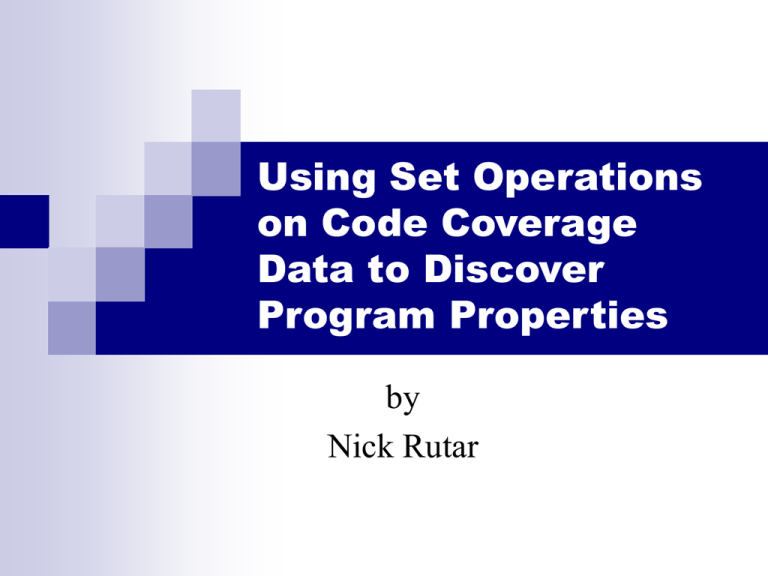
Using Set Operations
on Code Coverage
Data to Discover
Program Properties
by
Nick Rutar
Motivation
Many Programs already have code coverage data
Various Code Coverage Tools Available
Widely Explored Area of Research
Regression tests with coverage data becoming more common
Code coverage data contains wealth of information
about the program
Data usually limited to how program reports it
Want to milk the data for all it is worth
Possibly useful for finding errors in the program
Code Coverage
Three Main Types
Program usually Instrumented
Statement
Every line of code
Conditional
Every decision in program (if/else)
Path
Every path in the program
Dynamic or Static
Usually presented as a composite of separate tests
Using Set Operations
Why use set operations?
Most developers familiar with sets
Data for statement coverage maps nicely onto sets
Possible to manipulate data easily and give glimpses
of properties of the code
Most code coverage tools implicitly use sets anyway
Set Operations
Union
Intersection
Traditional Coverage
Lines ran on all tests
Difference
Potential for Locating Errors
Probably biggest stretch from what data is currently being used for
Set Operations At Work
int main(int argc, char *argv)
{
int x, y, z;
x = y = z =0;
if (argc == 2)
x = atoi(argv[1]);
if (x == 1)
y = 3;
else if (x == 2)
y = 4;
if (y > 0)
z = 5;
else
z = -2;
return z;
}
Inputs
No input
1
2
Union
Intersection
Difference
Off the Beaten Path Sets
Diff, - Union, U Intersection, I
U/I Bad Sets - U Good Sets
Sometimes give better basis for finding bad code
Closest example of prior work only dealt with one bad run at a time
Any given test - itself
U (I of Sets & (U/I Bad Sets - U Good Sets))
Gives you the empty set
Gives you a very rough slice of program that went bad
Manipulate data as seen fit for what you are looking for …
Other Code Coverage Info
Pareto principle
Better known as 80-20 rule
Pareto noticed 80% of the land in Italy owned by 20% of people
Shows up in all kinds of domains
Nick’s high school - 80% of girls dated 20% of the boys
Software 80-20 rule
20% of the lines of code is 80% of the runtime of the software
Code Coverage often has frequency information
Use that information for performance bottlenecks
Implementation
Create tool that can use the set information
Implementation details
Created in Java
Based on output of format from LCOV coverage tool
Takes in pre-generated coverage information as input
Supports Union, Difference, and Intersection
Supports Frequency Information
Demo
Evaluation
Test Large Program against its regression test
Use Dyninst for evaluation
C++ program that does binary instrumentation
100+ Source Files
~30,000 LOC instrumented to create coverage data
Nightly build already has coverage capability with regression tests
Verify Union matches coverage data given by tool
Use Difference to try to find errors
Series of tests with various inputs
See which inputs cause failure and locate lines to discover error
Future Work
For the Tool
Create Template for Insertion into program
This program doesn’t care what language you are using
Just needs input format to generate initial sets
Specify format in text file, program uses it to input data
Better Visualization to specify points of interest
Highlight source code that still has active lines
Usability
Write now more of a proof of concept than a battle hardened tool
In General
More evaluation of using Diff for finding errors in the program
Evaluation of software bottlenecks
IDE integration
Questions???

